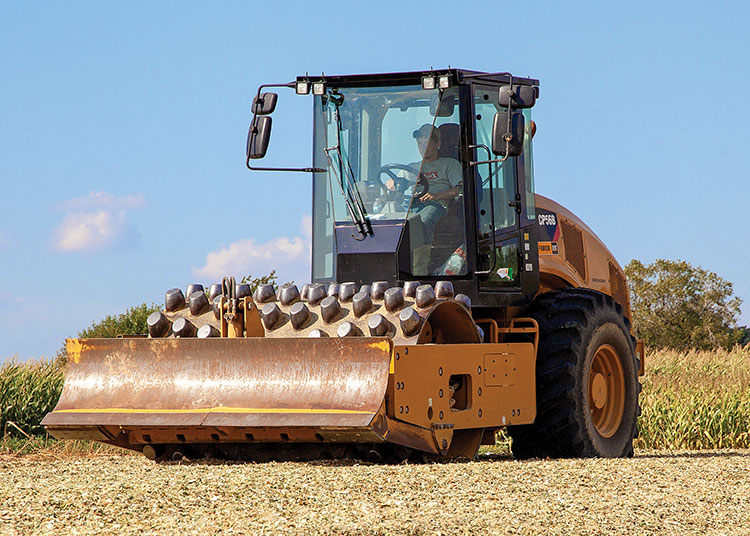
As the weather starts to warm up for most of the country, farmers begin to get restless after a long winter of shop hours. Winter forage season has already begun in the South, and it can be one of the most dreaded times of the year for silage harvesters. After a few adult beverages, most custom operators will tell you that the only reason they cut winter annuals is to make sure they can harvest corn silage later in the year. It takes a lot of extra equipment and labor to get annual forages into the bunk.
One thing that has changed over the past decade is how these annuals are stored. Twenty years ago, upright silos provided the most common structure to store both corn and forage grasses. Now, most silo blowers have a tough time keeping up with the high-horsepower choppers. You can still see many of these upright silos as you drive through the countryside, but most of them are no longer in use. These days, it’s more common to see large bunker silos or piles that are covered with plastic and tires. Silage bags are also popular for storing winter annual forages.
Think construction equipment
Large silage bunkers and piles allow room to dump several truckloads of forage at one time and have numerous tractors on the pile. One relatively new piece of equipment being used for packing grasses is a vibratory roller. These “sheepsfoot” rollers have become a mainstay for many larger operations. Such rollers are commonly found on construction sites or prepping a roadbed for paving.
Now, some of these construction companies are renting out multiple units each season for the purpose of compacting forage. Combine the overall weight of these machines with the vibrations, and they do an excellent job compressing a pile of silage. Many producers in the South prefer these rollers to a tractor with no blade.
Specialized grass blade
A bunker or silage pit is my preferred storage structure for grass crops. The sides help to contain the madness that is pushing grass over a pile. There are numerous configurations and types of push blades on the market, but there are a few specifically designed for grass. These have both a fork and push blade and are often referred to as buck rakes.
With these fork-blade combo attachments, you can scoop under the dumped pile and carry the grass to the top of the pile. You then use a push-off rake to gradually ease off the grass as you work to the top. This keeps the silage from rolling under the blade and disturbing the packaged forage beneath it. There are several manufactures of these attachments on the market.
In southern Georgia and northern Florida, a silage pit is generally not possible because the land is flat and our soils are sandy, which doesn’t provide for stable pit sides. For this reason, many producers have been using silage bags for all their spring-harvested wheat, oats, and ryegrass. Today’s large baggers do a good job keeping up with the large choppers, although sometimes when starting a new bag there can be a backup of trucks.
No matter which way your operation goes about it, storing your silage must be done, and it must be done right. Grasses offer some unique challenges. All of that hard work, fertilizer, water, and time can go to waste if your silage is not packed and covered properly. Throwing away bad silage is akin to throwing away money. Take some extra time to plan and maybe rent a sheepsfoot roller or invest in a new silage rake to make your 2021 crop the best you have ever stored.
This article appeared in the March 2021 issue of Hay & Forage Grower on page 26.
Not a subscriber? Click to get the print magazine.

